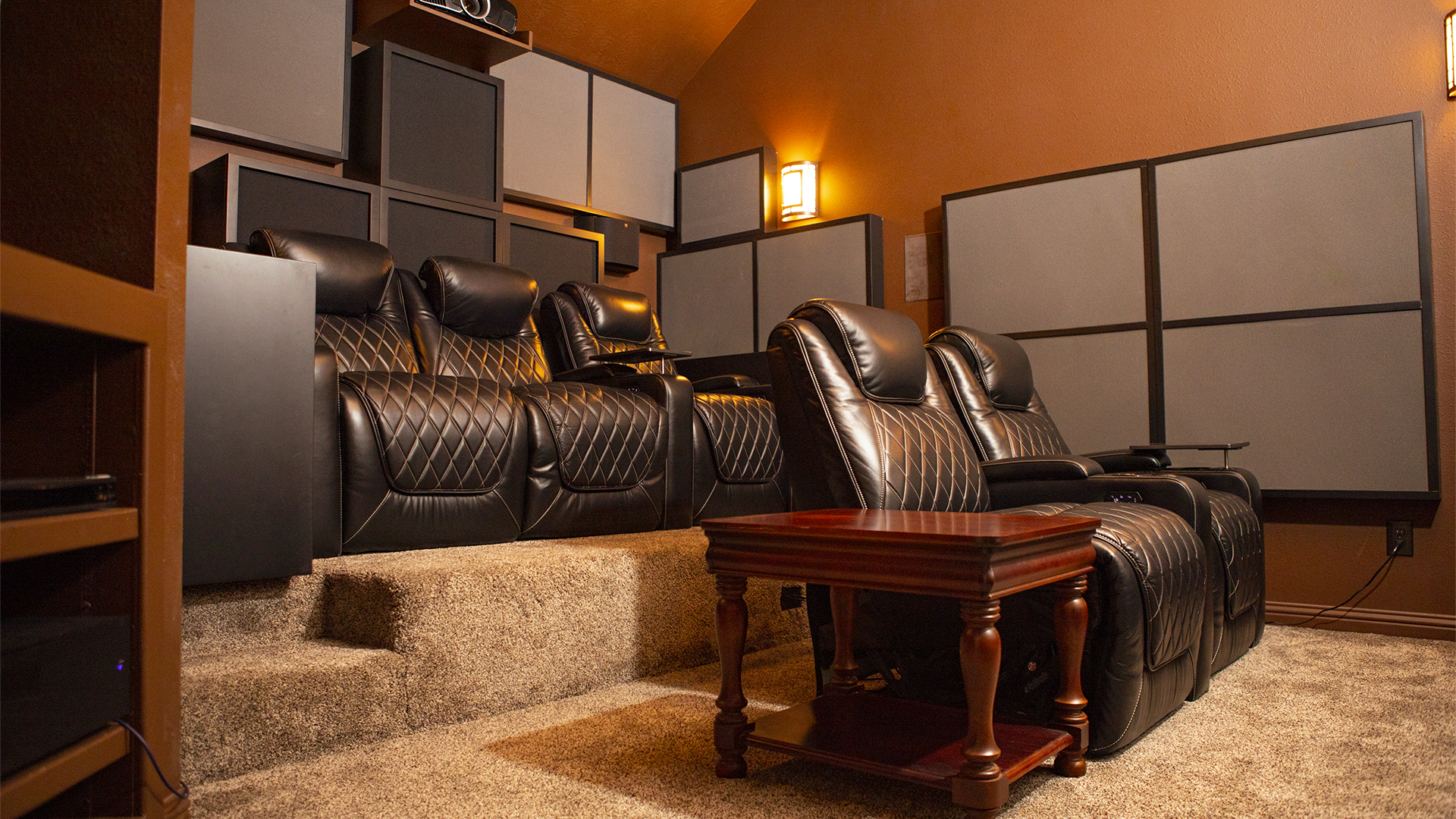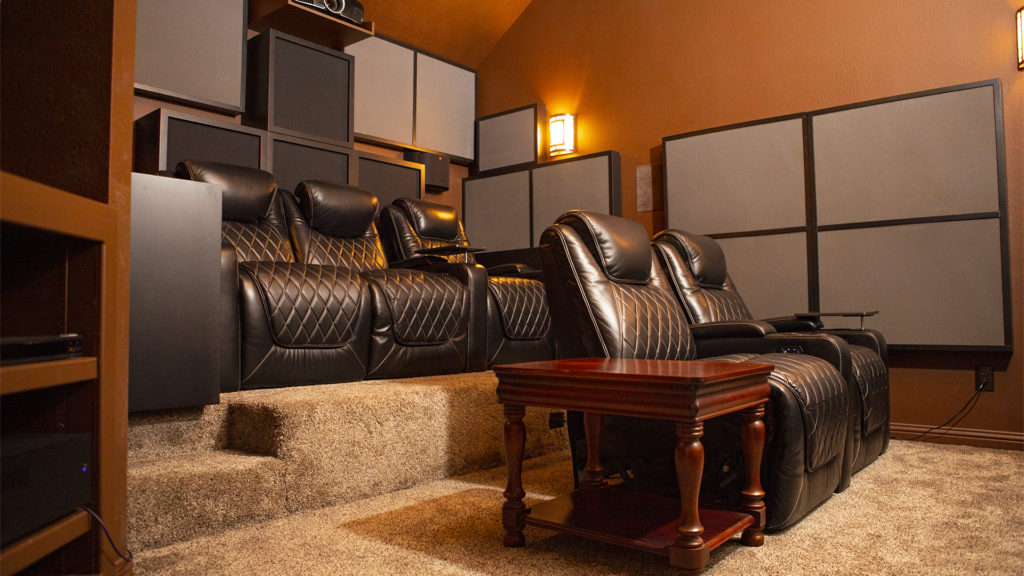
Table of Contents
Defining Sound Reducing Panels: Absorption vs. Blocking
Sound reducing panels need some explanations attached to this search term. Are we searching for sound reducing panels that use sound absorption to reduce the strength of the sound energy. Are we using the search term sound reducing panels to mean stopping noise from getting into and out of our rooms. We must define exactly what we mean by the search term sound reducing panels.
First, there is no such thing as a sound reducing panel that can stop noise transmission. There is no hanging panel that will stop noise transmission. Secondly, there are sound reducing panels that do absorb sound energy inside a room thus reducing its strength or amplitude. These are technically termed sound absorption panels. With sound absorption panels we have two main types. We have lower frequency absorption along with middle and high frequency absorption panels.
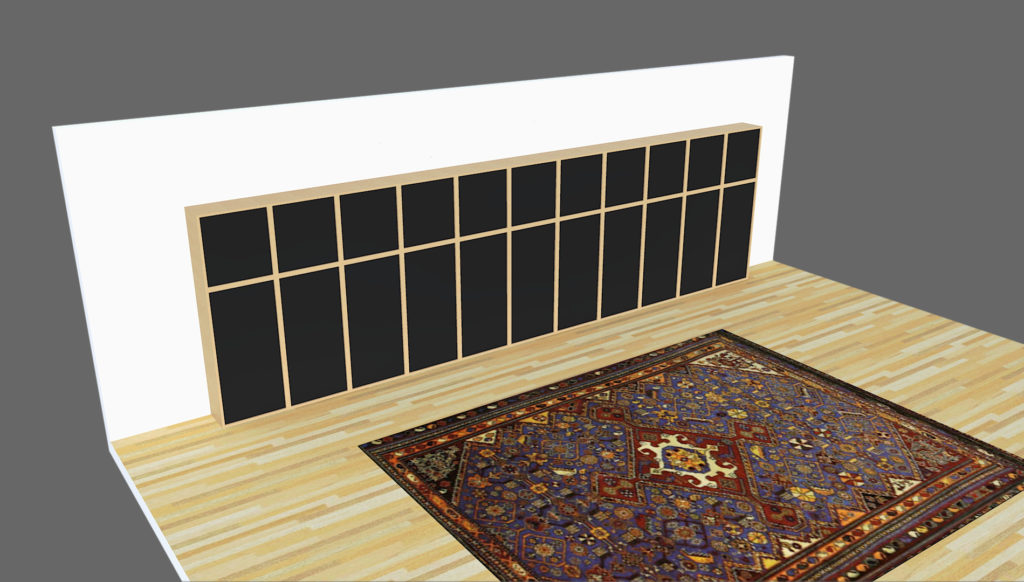
Low vs. High Frequency Sound Absorption Panels
Lower frequency sound reducing panels are much different in design and space requirements than middle and high frequency absorption panels. Lower frequency energy is termed wave energy. Wave energy oscillates throughout our room in waves similar to ocean waves. It has long and tall wavelengths. Middle and high frequency energy is termed ray energy. Ray energy is shorter and straighter energy. Ray energy is like sunlight. It does not oscillate throughout the room.
It does reflect off our room boundary surfaces. The floor, ceiling, and four walls are the targets of middle and high frequency ray energy. When you add up thye reflections from all the six room boundary surfaces, you have reverberation. Reverb is defined as to how long a sound stays around within the room after it has been sung, spoken, or played.
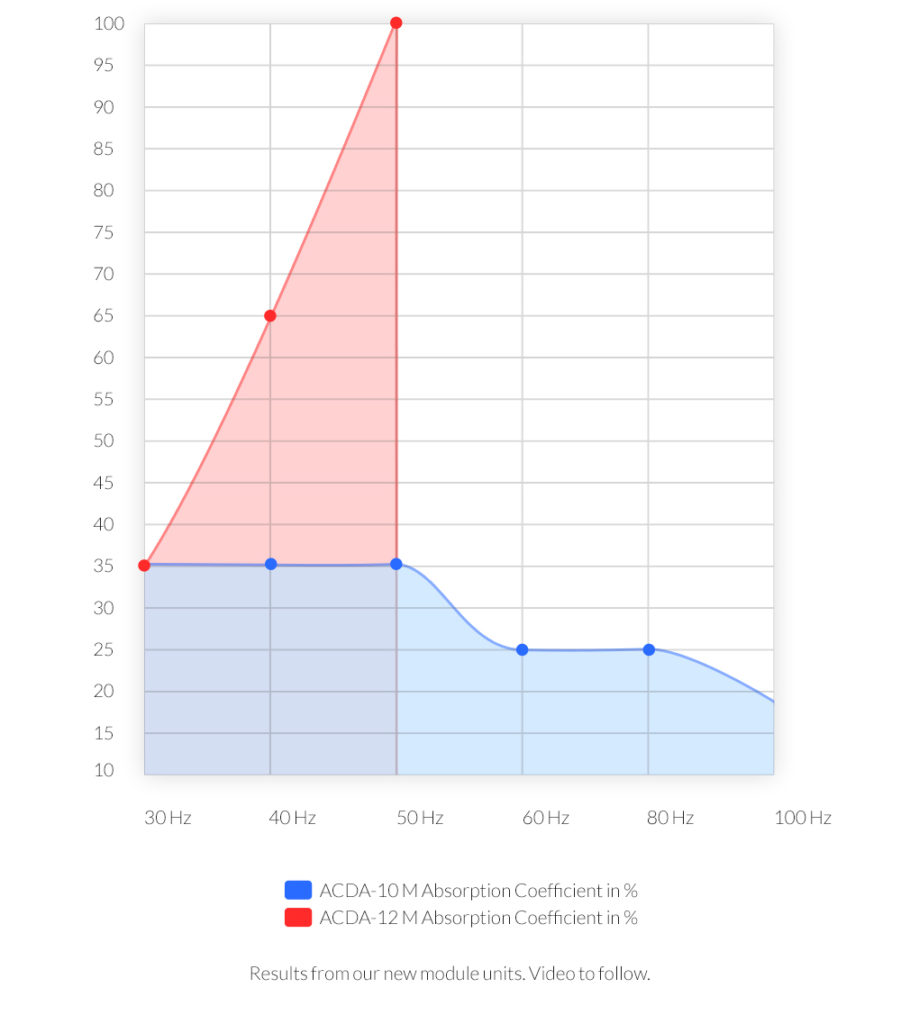
Understanding Low Frequency Sound Dynamics
Low frequency sound reducing panels require that the design be a design that works with sound pressure waves. At www.acousticfields.com, we use diaphragmatic absorption to reduce the pressure inside a room. Diaphragmatic absorption is the most powerful of the three types of lower frequency technologies that are used.
We use a proprietary fill material inside the diaphragmatic absorption to increase the rate of absorption for every square foot of surface area. Our activated carbon technology is specifically manufactured to meet the demands of sound energy inside the unit. Our ACDA and Carbon Panel are the most powerful low frequency technologies ever created.
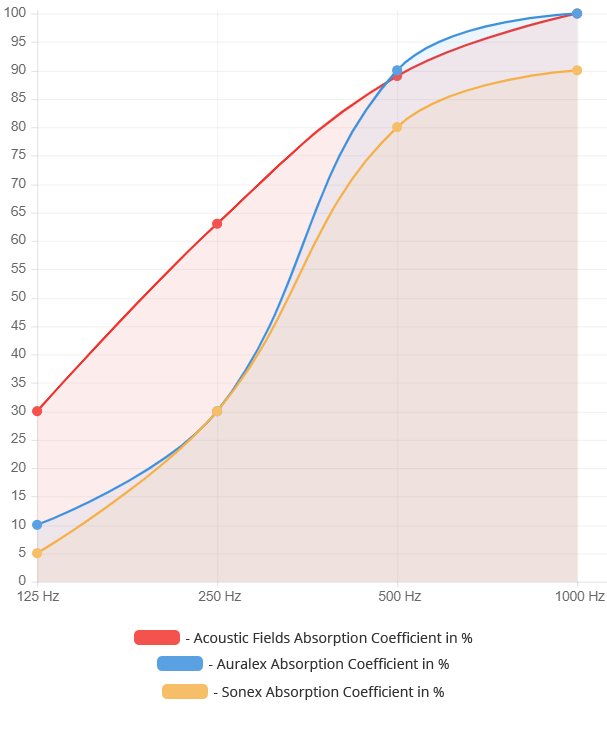
Low Frequency Panel Design Principles
Middle and high frequency sound reducing panels are designed to work on airflow across the surface area of the unit. The technical term is called molecular velocity. Air moves across the surface area and creates friction. The friction accumulates and then turns into heat. Heat is an energy transformation which produces absorption. Sound reducing panels must focus on the frequency range from 125 hz. – 500 hz.
They must absorb at a linear rate and level starting at 125 hz. Notice our proprietary foam technology performance. Notice the gradual and smooth absorption rate in the graphic. This is the linearity that is required to successfully treat music and voice which require this smooth and linear absorption curve. Our foam technology is available in large sheet sizes that can be cut to fit any application.
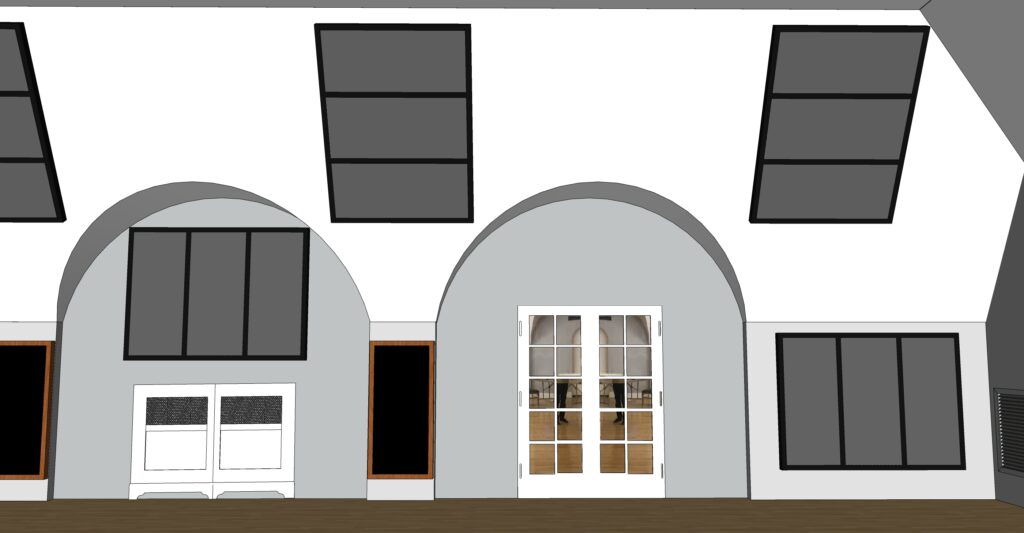
Comprehensive Room Treatment with Sound Panels
Treating any room with sound reducing panels requires a combination of both lower frequency pressure absorption along with middle and high frequency absorption. Lower frequency energy within a room is commonly referred to as “bass“. Middle and high frequency energies are where human voice and music lie. Your first design goal in any small room is to design for the lower frequency management of energies first and foremost.
Once you have the pressure managed successfully, you can focus on the four walls and ceiling for middle and high frequency reflection management. Both treatment types require TAP which stands for type, amount, and position. You must use the correct treatment type, the correct amount or surface area coverage of that treatment type, and you must place it in the correct position within the room.


